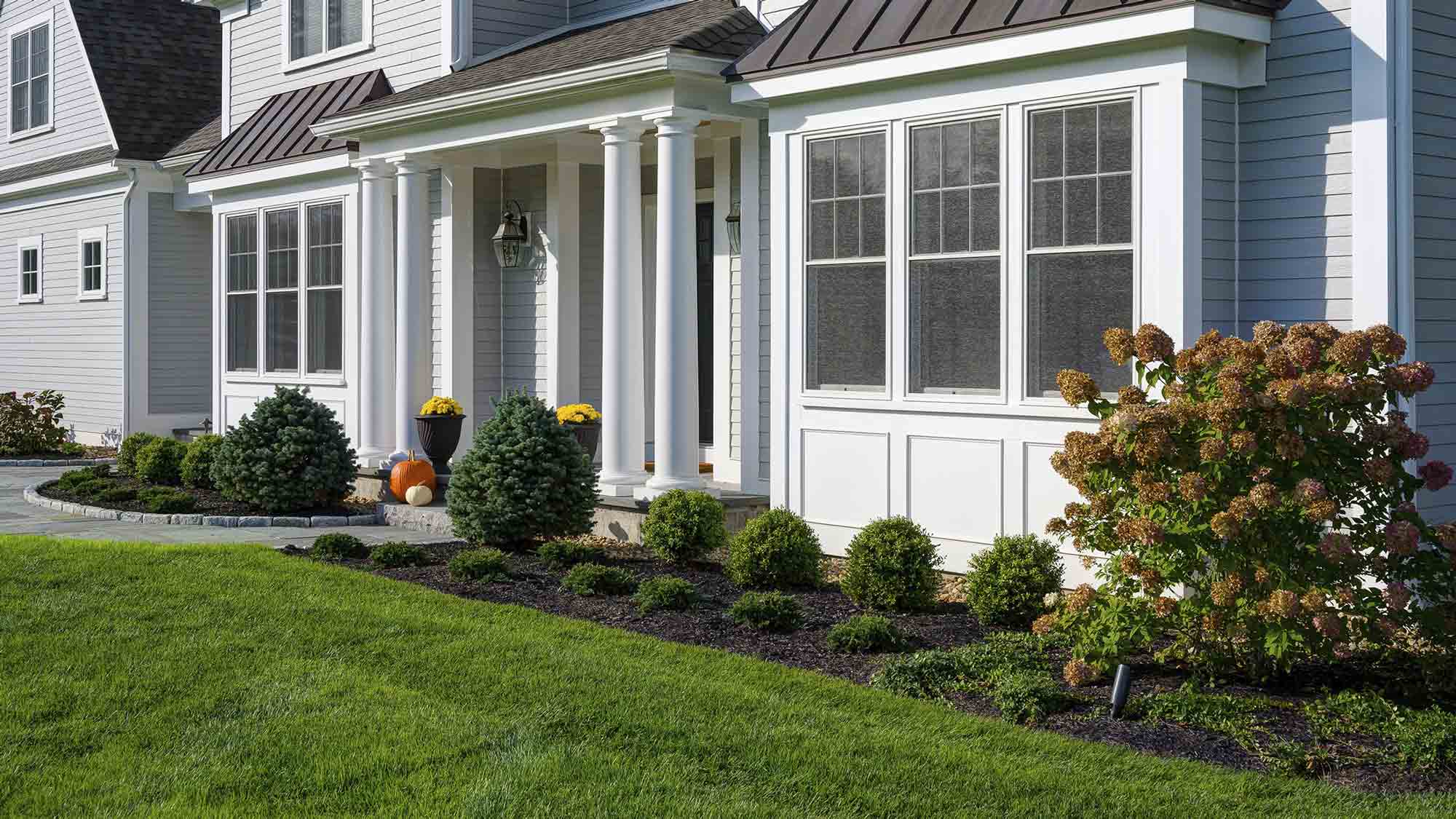Some Known Details About Landscapers
Some Known Details About Landscapers
Blog Article
Unknown Facts About Landscapers
Table of ContentsThe 5-Minute Rule for LandscapersThe Best Strategy To Use For LandscapersLittle Known Facts About Landscapers.Not known Incorrect Statements About Landscapers 6 Simple Techniques For Landscapers
- A tree or shrub (shrub) that loses its leaves in winter. In the PNW there are semi-deciduous or semi-evergreen plants that may shed their leaves depending on exactly how cold the winter months is. Abelia and some hebe are great instances. Landscapers. - A level celebration room, made from wood or composite material (made to look like wood), commonly surrounding or affixed to a framework.

- Granite that is weathered to the factor that it is a really great aggregate. This is an all-natural procedure, and the outcome can be utilized for paths and patio areas. Decayed granite is frequently referred to as DG. It is specifically beneficial in modern-day landscapes. - Trick landscape functions being recommended in a landscape style plan.
Landscapers Can Be Fun For Everyone
These objectives lead the design process, not the designer's style or choices. Typical layout goals in Portland are reduced maintenance, drought forgiving, and animal friendly. - Refine for removing or thinning the dead lower level of a fully grown lawn. Thatch is yard that has actually passed away and collected listed below the environment-friendly blades.
Nevertheless, with time this layer can obtain very thick and make it hard for water, sun, and nutrients to get to sections of the grass.- The process of accumulating and regulating the circulation of water on a residential or commercial property. This can be finished with grading, French drains pipes, dry wells, permeable surfaces, sump pump, rainfall gardens, and much more.
- A slow-moving feeding watering system that makes use of versatile tubes and emitters to send an exact amount of water to each plant. - The ability of a plant to endure without much summer season water.
- A garden attribute where water is stood for by an aggregate stone product, generally a crushed rock or granite.- A rock or natural flagstone patio area, path, or pathway developed without a concrete base.
Some Ideas on Landscapers You Need To Know
- A rock retaining or free standing wall surface developed without the usage of mortar. A very experienced mason is required for a dry stack rock wall. A lot of walls in Portland are not completely dry stacked, even if they seem. - An underground structure that gather water and permits it to slow down percolate into the dirt around it.
Landscape style that is suitable with a websites' atmosphere in both look and sustainability without adverse effects to the atmosphere. Edging in the landscape is a line of separation that develops visual interest in the yard by dividing one section from another sector. This can be visual or practical, maintaining one element (such as pea gravel) from getting combined into one more (like bark dirt).
Areas can likewise sense of "enclosure" offered by trees, various other plantings, fences, or displays. The landscape near the entrance to a building. A tree, shrub or creeping plant, trained to grow on a wall or fence right into a particular pattern. Especially helpful for fruit trees, making it very easy to collect the fruit and having mess.
A plant that is not indigenous to the area where it will be grown. Not all find out "exotics" are invasive or damaging, and many can be well behaved or dry spell forgiving (Landscapers). A mass growing of brushes. Thicker bladed lawn yard that spread out using rhizomes.: The level of soil on your residential property before bark dirt or compost is spread.
7 Easy Facts About Landscapers Shown

The objective, reason, or activity that an area is be landscaped for. Stairs work, for example, to enable foot traffic backwards and forwards an incline. Area for expanding plants for seeing, consuming, or exercise. A roofed building utilized over an outside event area. The growing of a seed, probably describing a grass that is being grown from seed.
Rock item, either rounded or fractured, that is relatively little- typically 1" or less. Reduced plants that are enabled or urged to spread out over an area. Can describe any kind of "difficult" garden elements including statuary or stones yet many generally is used to refer to courses, outdoor patios, and walls.: Height distinction between the degree of water in a pond (or the level of the pump if it sits outside the pond) and the upper outlet of water which influences efficiency of the water pump in gph (gallons per hour). Thick bushes or trees that develop a fencing, screen, or limit.

The 6-Second Trick For Landscapers
Standard PNW landscapes are informal. A plant that spreads out more than wanted, or look these up right into environments where it does damages.
Can consist of head placements and protection, pipeline sizing, GPM specs, and products required to install this system. Certified specialist that designs landscapes, educated in design and style as well as in gardening.
Landscape developers commonly have much less schooling than Landscape Architects and are not certified. A finished landscape style, see this outlining all elements for the brand-new landscape.
A water tight HDPE product utilized below fish ponds, streams and waterfalls in water functions. Using many plantings of the very same range to load in an area in the landscape.
Report this page